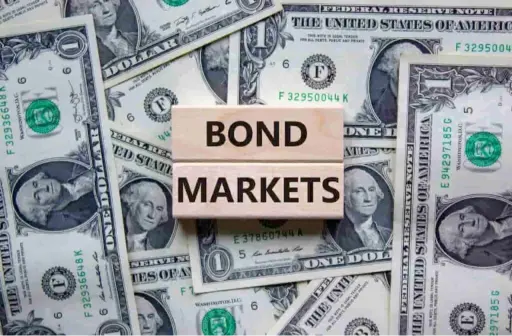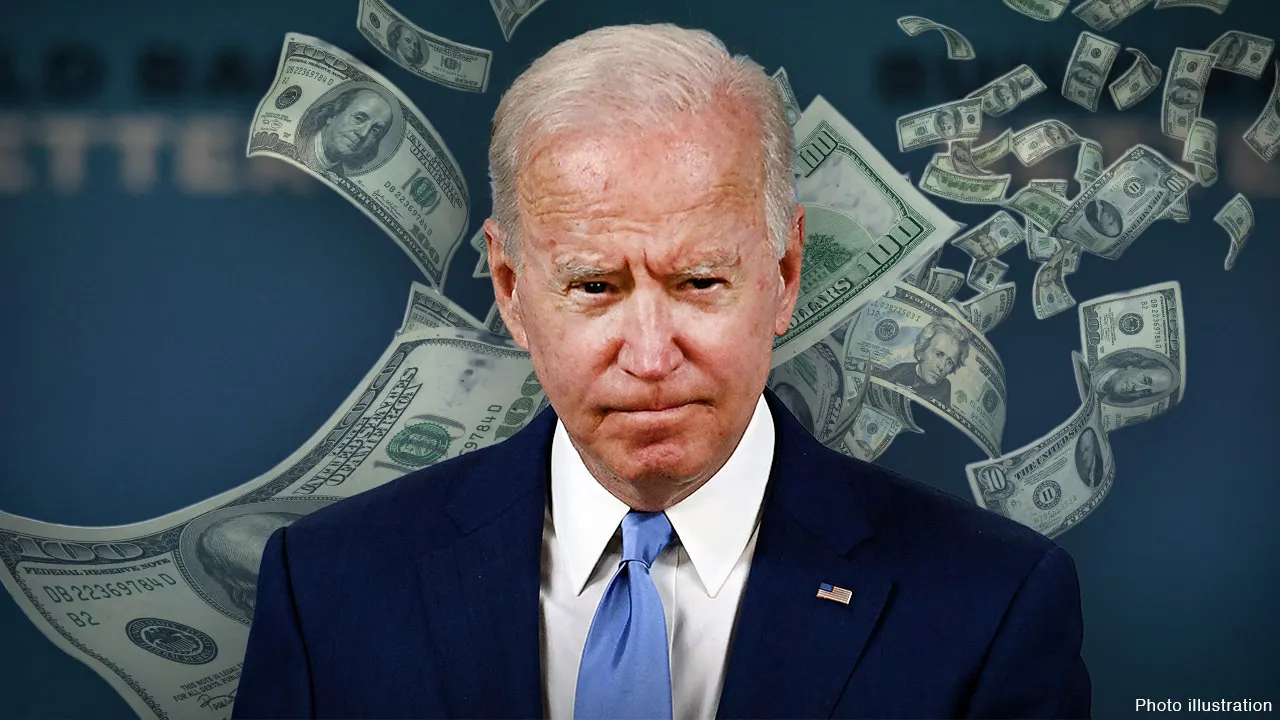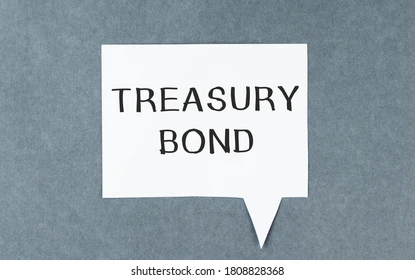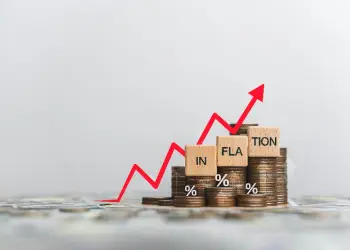Looking for the best ETFs to invest in 2025? This guide covers top-performing exchange-traded funds in the USA, including growth, dividend, and sector ETFs for high returns.
Top-performing ETFs for 2025 offering high returns and low fees.
Why Invest in ETFs? – The Smart Investment Choice for 2025
Exchange-Traded Funds (ETFs) have become one of the most popular investment options for long-term investors. Offering the advantages of diversification, low costs, and high liquidity, ETFs allow investors to easily gain exposure to a broad array of assets, whether you’re looking for growth, dividend income, or stability. In 2025, ETFs remain a key tool for both novice and experienced investors aiming to build wealth efficiently and cost-effectively.
What Are ETFs?
An ETF is an investment fund that holds a diversified portfolio of assets, such as stocks, bonds, or commodities, and is traded on stock exchanges, much like individual stocks. The key difference between ETFs and mutual funds is that while mutual funds are bought and sold at the end of the trading day, ETFs can be bought and sold throughout the day at market prices, just like stocks. This flexibility makes ETFs an appealing choice for investors who value liquidity and real-time trading.
ETFs come in a variety of forms, allowing investors to target specific sectors, asset classes, or regions. They provide a simple, cost-effective way to diversify a portfolio, with options ranging from broad market indices to niche sectors like technology, healthcare, or real estate. Whether you're an individual investor or managing a large portfolio, ETFs provide a flexible and accessible way to achieve your financial goals.
Key Benefits of ETFs
1. Low Expense Ratios – A Cost-Effective Investment Vehicle
One of the primary benefits of ETFs is their low expense ratios. Unlike actively managed funds, which rely on fund managers to pick and manage individual stocks, ETFs typically track a specific index, minimizing management costs. The low fees associated with ETFs make them an attractive investment option for long-term investors looking to maximize their returns.
For example, while actively managed mutual funds may charge expense ratios of 0.5% to 2% or more, many ETFs offer expense ratios as low as 0.03%. Over time, these lower costs can significantly enhance your investment returns. This makes ETFs particularly appealing in 2025 when investors are focused on controlling costs and achieving optimal growth.
2. Diversification – Invest in Multiple Stocks with a Single ETF
Diversification is a fundamental strategy for reducing investment risk. By investing in an ETF, you can gain exposure to a broad range of assets, even with a small initial investment. For instance, an ETF tracking the S&P 500 allows you to invest in all 500 companies within the index, spreading your risk across a diverse array of industries and sectors.
Diversification not only reduces the risk associated with individual stocks but also smooths out volatility, especially during market downturns. In 2025, as markets continue to face economic and geopolitical uncertainty, diversification through ETFs provides a safe and effective way to build a resilient investment portfolio.
3. High Liquidity – Buy and Sell Like Stocks During Market Hours
ETFs offer a unique advantage over mutual funds due to their high liquidity. Unlike mutual funds, which can only be bought or sold at the end of the trading day, ETFs can be bought and sold throughout the day, just like individual stocks. This means you can respond quickly to market conditions, buying or selling whenever the market is open.
This level of flexibility is beneficial for investors who want to be able to react to market changes or take advantage of trading opportunities in real time. The ability to trade during market hours also allows for more control over your entry and exit points, enabling you to better manage risks and optimize returns.
4. Tax Efficiency – Lower Capital Gains Tax Compared to Mutual Funds
ETFs are known for their tax efficiency compared to mutual funds. One of the main reasons for this is the way ETFs are structured. When you sell shares of an ETF, you typically incur fewer capital gains taxes because the ETF's "in-kind" creation and redemption process allows investors to avoid triggering capital gains taxes on the underlying assets.
In contrast, mutual funds may distribute capital gains to shareholders if the fund manager has sold securities within the fund for a profit. This can lead to tax liabilities for investors, even if they haven’t sold any shares themselves. For investors looking to minimize their tax burden, ETFs are a powerful tool, offering a more tax-efficient way to build wealth in 2025.
Top ETFs to Invest in 2025
If you’re considering adding ETFs to your portfolio in 2025, here are some top picks that could help you achieve your investment goals:
1. Vanguard S&P 500 ETF (VOO) – Best for Long-Term Growth
-
Expense Ratio: 0.03%
-
1-Year Return: 16.5%
-
Top Holdings: Apple, Microsoft, Amazon
Why Invest?
The Vanguard S&P 500 ETF tracks the performance of the S&P 500, which represents 500 of the largest U.S. companies. With a low expense ratio and a proven track record of stable, long-term growth, VOO is an excellent choice for investors seeking broad market exposure and steady capital appreciation.
2. Invesco QQQ ETF (QQQ) – Best for Tech Growth
-
Expense Ratio: 0.20%
-
1-Year Return: 22.1%
-
Top Holdings: Tesla, NVIDIA, Google
Why Invest?
The Invesco QQQ ETF offers exposure to the NASDAQ-100, a stock market index that includes the largest non-financial companies listed on the NASDAQ exchange. With a heavy focus on technology and innovation-driven sectors, QQQ is ideal for investors seeking high growth from leading tech companies like Tesla, NVIDIA, and Google.
3. Schwab U.S. Dividend Equity ETF (SCHD) – Best for Passive Income
-
Expense Ratio: 0.06%
-
Dividend Yield: 3.6%
-
Top Holdings: PepsiCo, Home Depot, Amgen
Why Invest?
The Schwab U.S. Dividend Equity ETF focuses on U.S. companies that offer strong, consistent dividend yields. With a dividend yield of 3.6%, SCHD is ideal for income-focused investors looking for steady cash flow, while still maintaining exposure to large, financially sound companies.
4. iShares MSCI Emerging Markets ETF (EEM) – Best for Global Diversification
-
Expense Ratio: 0.68%
-
1-Year Return: 12.7%
-
Top Holdings: Alibaba, Tencent, Samsung
Why Invest?
The iShares MSCI Emerging Markets ETF provides exposure to high-growth economies outside the U.S., including countries like China, India, and Brazil. EEM offers potential for higher returns by investing in emerging market companies, which are expected to grow rapidly over the next decade.
5. iShares U.S. Treasury Bond ETF (GOVT) – Best for Stability & Low Risk
-
Expense Ratio: 0.05%
-
Yield: 4.2%
-
Top Holdings: U.S. Treasury Bonds
Why Invest?
For investors who prioritize stability and low risk, the iShares U.S. Treasury Bond ETF is an excellent choice. It offers exposure to U.S. government debt securities, providing steady returns with minimal risk, making it ideal for conservative investors seeking stability in their portfolios.
How to Choose the Best ETF for You?
Before investing in ETFs, consider the following factors:
Investment Goals: What are you aiming to achieve? Are you seeking growth, income, or stability?
Risk Tolerance: How much risk are you willing to take on? Some ETFs may be more volatile than others.
Expense Ratios: Compare the fees associated with different ETFs. Lower expense ratios generally lead to better long-term returns.
Sector or Asset Class Exposure: What sectors or regions do you want to invest in? Choose ETFs that align with your interests and financial objectives.
Why ETFs Are a Smart Investment in 2025
ETFs are a great investment vehicle for those looking to diversify their portfolios, minimize costs, and achieve long-term growth. With their low expense ratios, broad diversification, high liquidity, and tax efficiency, ETFs offer a flexible and cost-effective way to gain exposure to a wide range of asset classes. Whether you’re seeking growth, dividend income, or stability, ETFs provide a solution tailored to your needs. In 2025, these benefits make ETFs one of the top investment choices for both new and seasoned investors.























